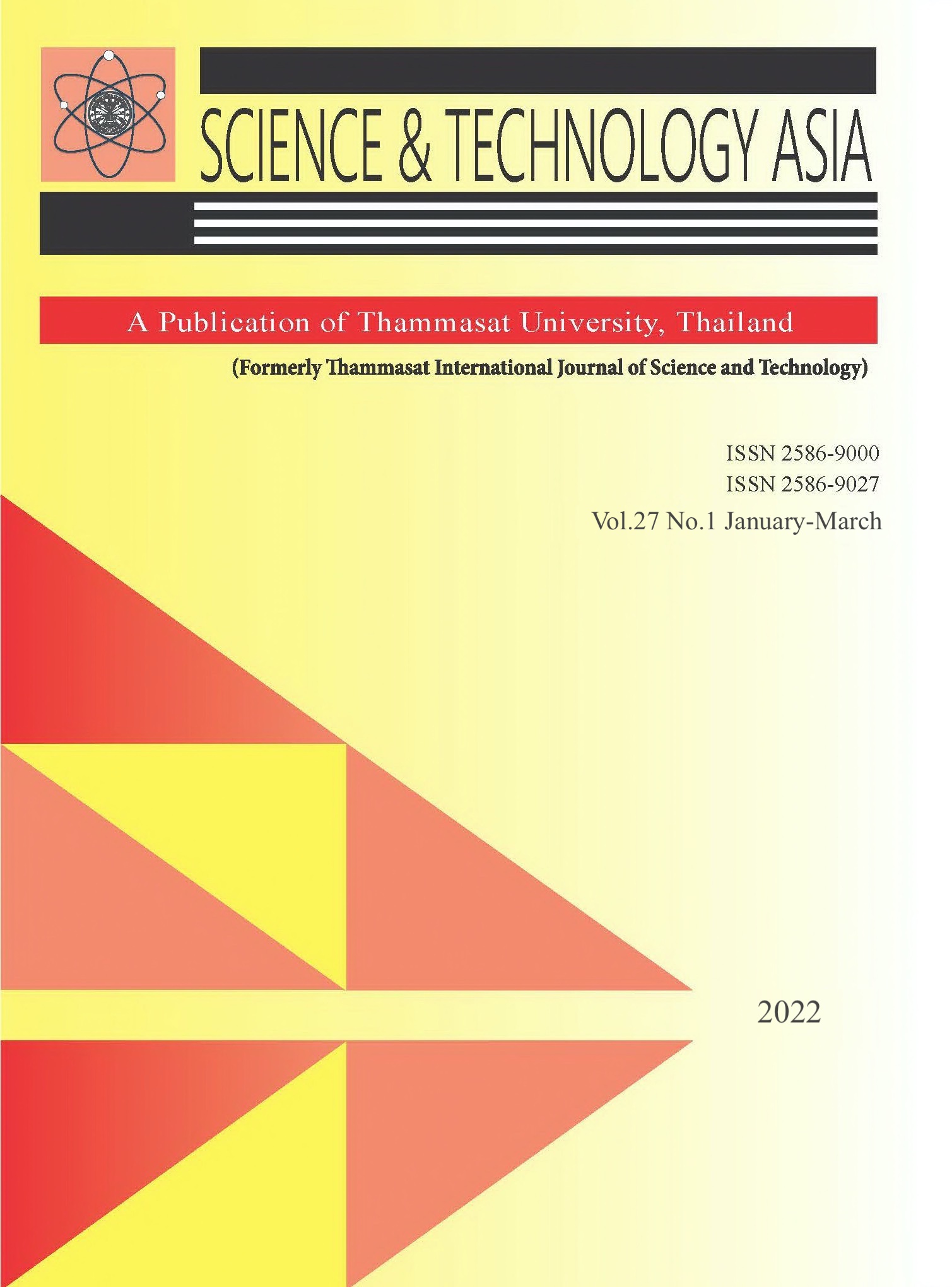Vitamin D Insufficiency and Atopy in Asthmatic Children at Thammasat University Hospital
Main Article Content
Abstract
This study aimed to assess serum 25-hydroxylase vitamin D level and allergen sensitization among asthmatic children attending the allergy clinic at Thammasat University hospital. The association between vitamin D insufficiency and level of asthma control was also explored. Eighty asthmatic children, aged 6-18 years, attending the allergy clinic at Thammasat University hospital were recruited. Clinical data, level of asthma control, results of skin prick test to allergens and serum 25-hydroxyvitamin D levels were collected. The mean age of pediatric asthma patients in this study was 10.2 years (SD=3.3 years) with 47 boys (58.8%). The mean serum vitamin D level was 34.8 ng/ml (SD=12.8 ng/ml). The prevalence of vitamin D insufficiency was 23.8 percent (95% confidence interval: 14.9%-34.6%). The prevalence of atopy was 82.5 percent. The most prevalent sensitization factor was dust mite (71.3%), followed by cockroach (36.3%). No significant association was found between level of asthma control and patient factors, including vitamin D status. In conclusion, the problem of vitamin D insufficiency among asthmatic children at Thammasat University hospital did exist. The most prevalent sensitization factor was house dust mite, followed by cockroach. However, no significant factors associated with level of asthma control were found.
Article Details

This work is licensed under a Creative Commons Attribution-NonCommercial-NoDerivatives 4.0 International License.


